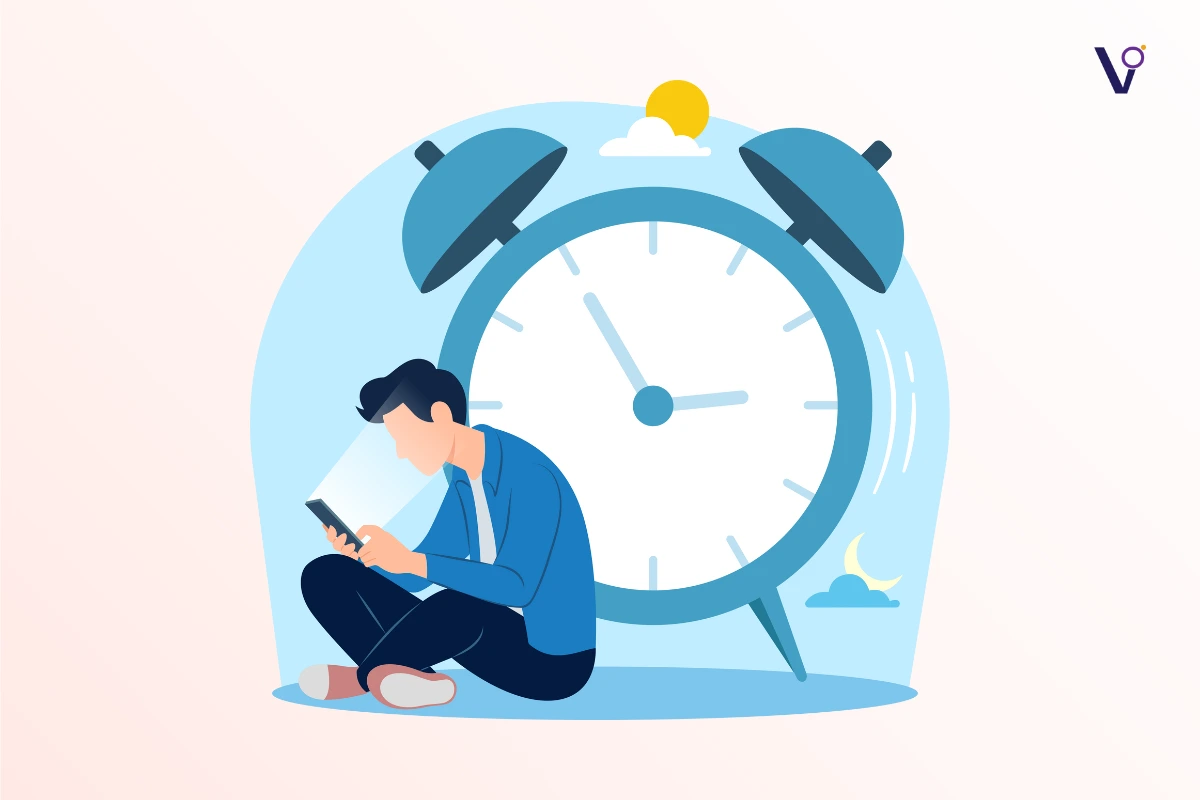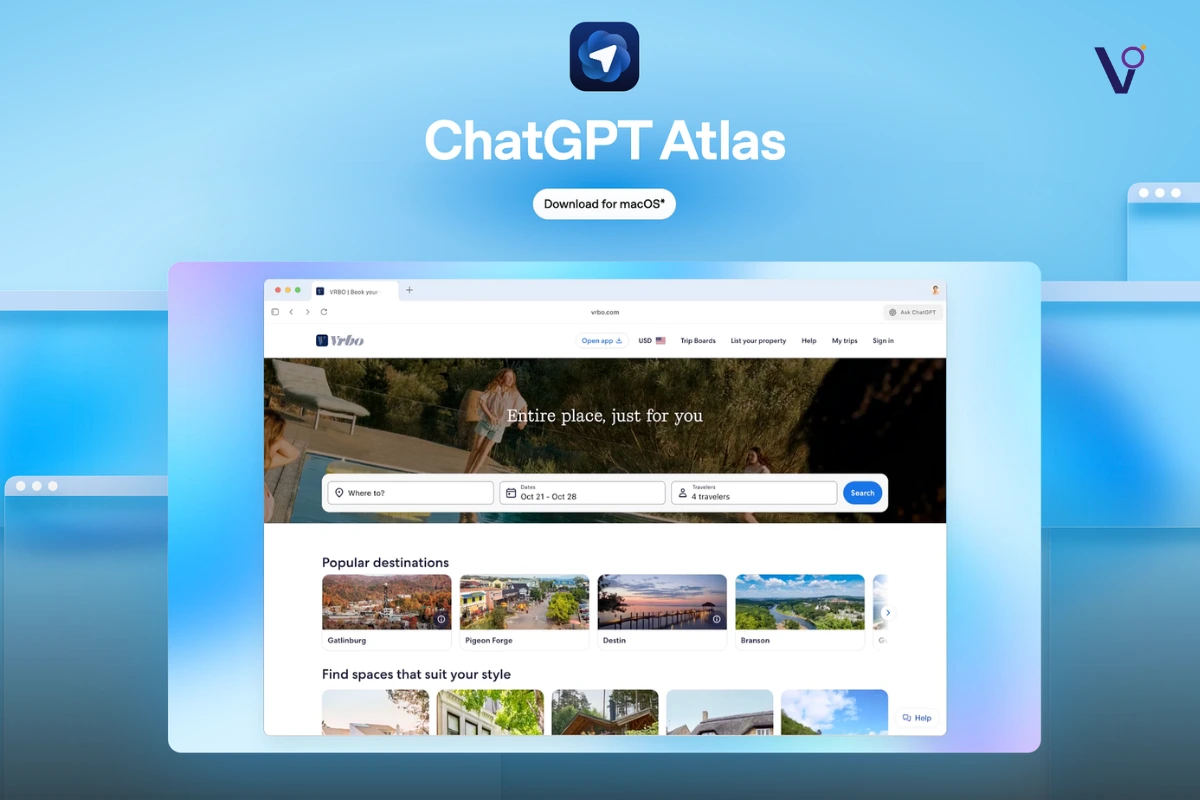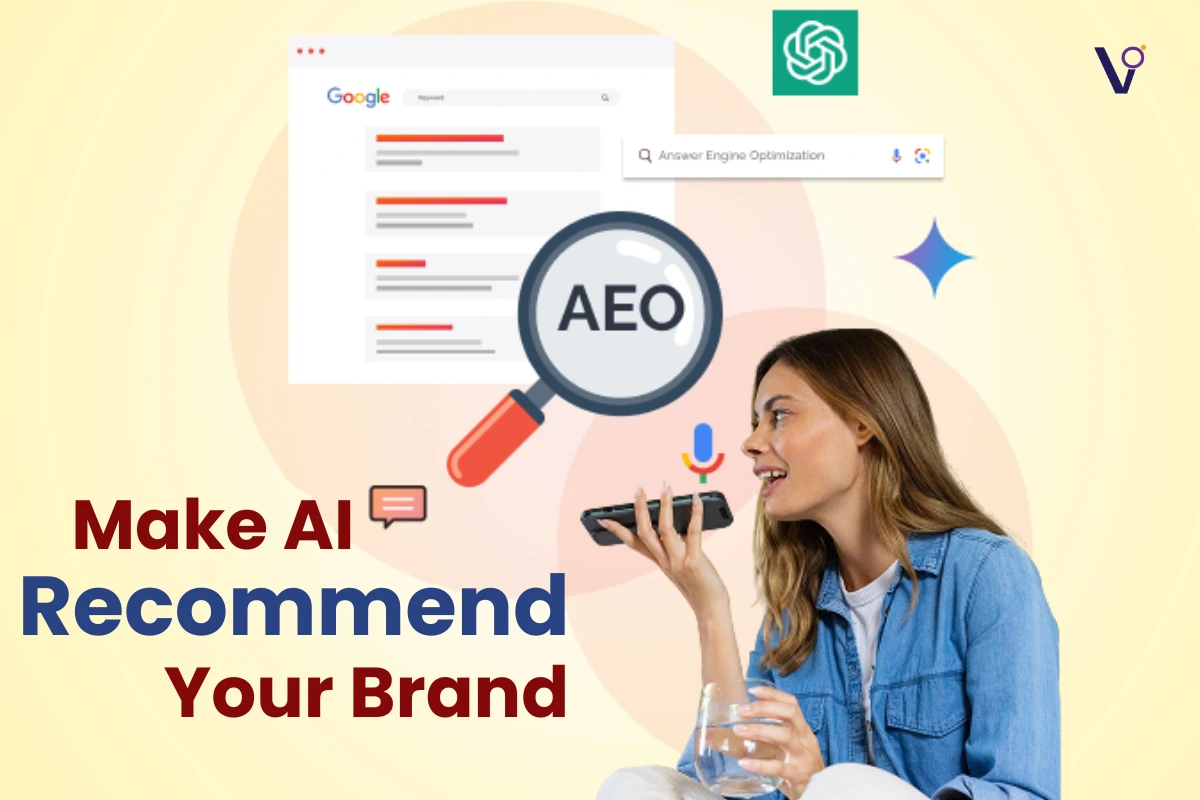For anybody that’s running ads, the enemy of your success is ad fatigue. As soon as you find a winning ad, the only thing stopping you from scaling it further is ad fatigue. Think of it like AI—just like how ChatGPT starts giving you the same answers over time, ads also reach a point where they plateau, and performance starts to decline. The key is to optimize ad frequency and avoid ad fatigue by consistently feeding fresh data to the algorithm with new winning creatives so you’re never stuck relying on just one.

Ad fatigue is the idea that if you find winning creatives and feed more data to the AI, the more winners you find, the more you’re feeding the algorithm for that specific winning creative or audience, keeping it fresh. So even if one of your campaigns that’s crushing it fatigues, you’re not relying on it anymore. By that point, you’ve already probably found two more winners, or three, or even five more winners that are going to take its place.
What is Ad Frequency?
Ad frequency is essentially how many times somebody sees your ad. You want to keep an eye on that data metric and make sure that you’re optimizing it. If people see your ad too much, it creates ad fatigue, causing them to ignore it. As a result, they are no longer impacted by your ads, which means they don’t turn into leads or customers, and you end up wasting money. You want to avoid that fatigue, so let’s talk about some tips on how you can do that.
How to Optimize Ad Frequency and Avoid Ad Fatigue
1. The Optimal Ad Frequency Range
Facebook ads perform the best when the ad frequency is between three and five times. When someone sees an ad between three and five times, that’s optimal. If they haven’t seen it at least three times, they haven’t seen it enough to take effect. If they see it more than five times, it starts to lose its effect, and you begin wasting money. Your cost per conversion goes up, and conversions start to drop. So, three to five is what you want to aim for.
When setting up your Facebook campaigns, make sure you have the ad frequency column added to your metrics. Watch that number closely. When you reach the three to five threshold, that’s pretty good. However, when you exceed that, you will need to make some changes.
2. What to Do When Frequency Exceeds Five
When your ad frequency starts hitting six or seven, you need to make changes. The best way to refresh your ad is by introducing new creatives. These don’t have to be major changes—sometimes, a simple color change or a small update is enough. What happens is that when people see the same ad repeatedly, they become blind to it. That’s when you need an ad refresh.
Typically, when your ad frequency reaches the three to five threshold, that will take about two to four weeks. This means you need new creatives every two to four weeks.
A bonus tip here is that video ads have the longest shelf life. Video ads typically last for four to six weeks, whereas image ads last only two to four weeks.
3. Strategizing Your Ad Refresh Process
How do you really strategize for this? The key is to develop a series of ads. Your call to action and messaging don’t need to change—what really needs to change is the creative elements surrounding them, such as colors, imagery, and presentation.
Here’s what you should do:
- Develop a call to action.
- Create your messaging.
- Design at least six different variations of your ads.
By doing this, you pre-plan and pre-design the process of updating your ads whenever ad frequency exceeds five. This is a powerful strategy. Every time you reach the three to five frequency threshold, you can update your ads. Since this typically happens every two to four weeks, having six different ads can last you up to six months.
Here’s the best part: By the time you reach the end of the sixth month, you can go back to using the first ad because people won’t necessarily remember it. This allows you to continuously rotate your ads indefinitely.
4. Exclude Converted Users
Make sure your campaign settings exclude people who have already converted. If they’ve already taken the desired action, showing them the same ad again is a waste of money—unless it makes sense for your business model.
Typically, once someone converts, you should stop showing them the same ad. Excluding these users keeps your campaigns leaner and more cost-effective.
5. The Complete Facebook Ads Strategy
Now, let’s put everything together and go over the full strategy:
- Develop a strong call to action.
- Craft compelling messaging.
- Design a series of at least six ads.
- Run your ads for three to six months, refreshing them every time frequency hits three to five.
- Target the right audience based on your product or service.
- Exclude people who have already converted.
What this does is similar to squeezing a towel—at first, you get a good chunk of conversions. As you exclude converted users, you start showing a fresh ad to those who haven’t converted yet, squeezing out even more conversions over time. This process allows you to maximize your audience’s potential and get the highest overall conversions possible.
Conclusion
Boom! That’s how you optimize your Facebook ad frequency.
If you’re still tired of wasting money on Facebook ads that people just scroll past, ViralOmega helps you optimize ad frequency, refresh creatives, and target the right audience to avoid ad fatigue. We make sure your ads stay fresh, engaging, and effective—maximizing conversions. With our smart strategies, you get the most out of your budget without annoying your audience. Let’s fine-tune your ad campaigns and drive real results. Ready to level up? Contact ViralOmega today!
Happy marketing!
Ad fatigue happens when your audience sees the same ad too often, leading to lower engagement and conversions. It reduces the ad’s effectiveness over time.
Monitor your ad frequency in Facebook Ads Manager. If the frequency exceeds 3-5 and engagement drops, it’s a sign of ad fatigue.
If you’re running a sale ad and notice declining engagement, changing the colors and visuals while keeping the message the same can refresh it.
Use diverse creatives, update ad copy frequently, target fresh audiences, and test multiple variations to keep ads performing well.



